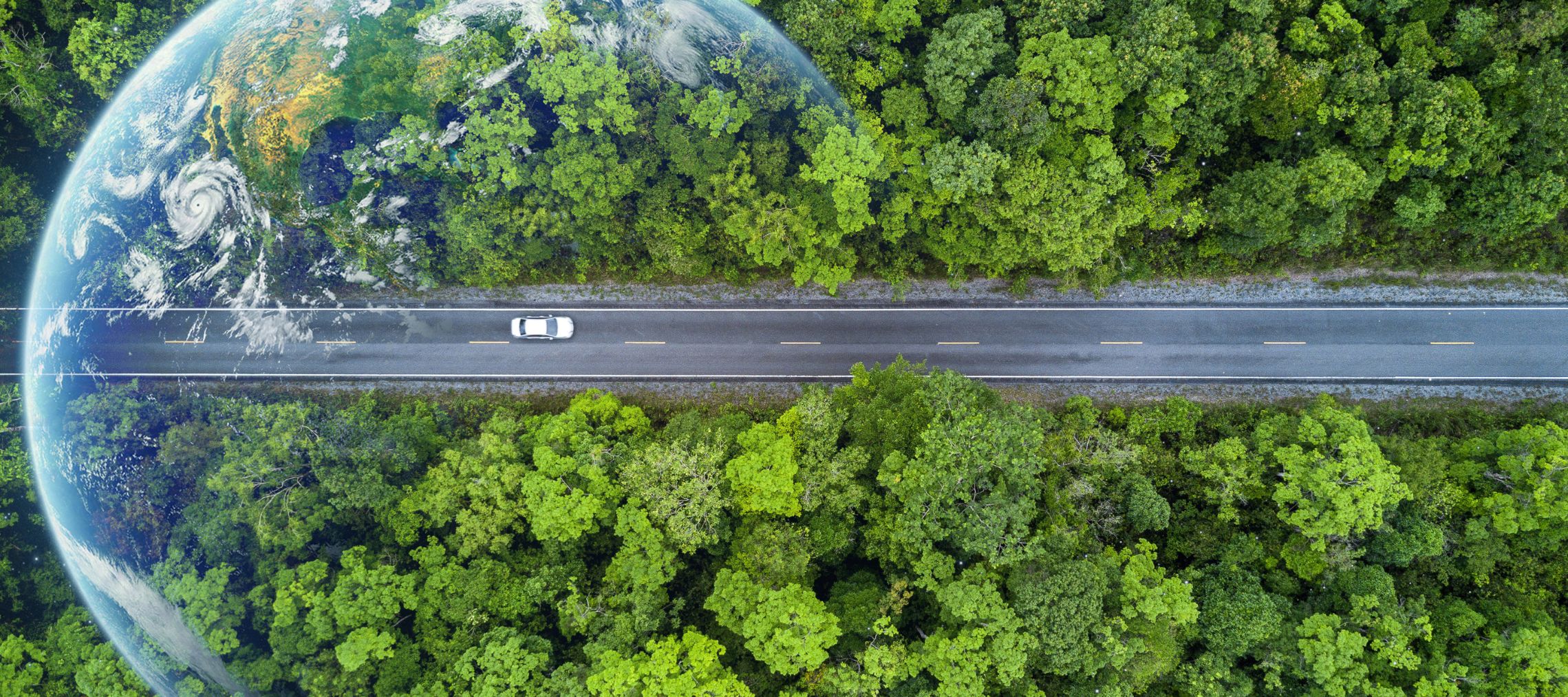Climate change mitigation involves strategies aimed at decreasing greenhouse gas emissions, promoting renewable energy sources, improving energy efficiency, and implementing sustainable practices. CSTEP focuses on building models to simulate India's future across sectors, such as transport, industries, buildings, agriculture, and forestry, to find interventions required to achieve a sustainable and secure future. Our work also involves the study of certain themes that cut across sectors (quality of life and development vs climate action, water and land demands for agriculture vs power, etc).
CSTEP's SAFARI model: Balancing development with climate action requires a good understanding of the interactions between sectors, natural resource systems, and environmental externalities. The Climate Change Mitigation at CSTEP has undertaken a modelling study with the aim to provide such an understanding and help create scenarios for low-carbon development through the use of an interactive simulation tool called Sustainable Alternative Futures for India (SAFARI). You can access the tool here.
SAFARI estimates the energy, emissions, and resources implications of achieving developmental goals such as food, housing, healthcare, education, power for all, and transport up to 2050. The user interface allows you to explore these implications as well as the trade-offs between them. Using SAFARI, you can create integrated scenarios across sectors and test out the impact of policy choices on energy, emissions, and resources. Ultimately, we hope that this tool can be used to provide insights into developing and tracking India's long-term strategy (LTS) in line with the Paris Agreement. For more information, please contact safari@cstep.in



India's latest National Electricity Plan is ambitious and in line with climate commitments
At the ongoing United Nations Climate Change Conference, COP27, India released its long-term low-carbon development strategies. Low-carbon development of India’s electricity systems is crucial because the power sector accounts for 45% of the country’s total greenhouse gas (GHG) emissions (based on emission estimates published by the Ministry of Environment, Forest and Climate Change). The power sector is a key driver for decarbonising nearly all major energy-intensive sectors as it enables the shift to renewable energy-based electricity from the current fossil fuel–based processes.
Tackling technology transfer
Call for action on climate finance, international technology transfer, and capacity building is India’s central agenda at COP 27 and has been our focus at past COPs as well. So far, there is some information and discussion and certain action points on climate finance; however, there is little clarity with respect to technology transfer mechanisms and capacity building.
Can Relieving the Urban Fever Help Our Climate?
The embracing of rapid urbanisation for better lifestyles has led to mindless concretisation, proving to be one of the biggest threats to the outdoor temperature in cities.
Commonly known as the Urban Heat Island (UHI) effect, this localised phenomenon causes a rise in the land surface temperature (LST) as materials absorb and retain heat. This leads to a series of direct and indirect impacts on citizens, biodiversity, and emissions.
No silver bullet: Essays on India’s net-zero transition
India announced its net-zero target for the year 2070. Long-term projection models are expected to play an important role in developing India’s strategies to achieve this target. However, developing such long-term strategies is a very complex and challenging task because of the uncertainties involved in looking at such long-time horizons.
OPINION: The rugged road to a cleaner grid
The Ministry of Power (MoP) recently came out with renewable purchase obligation (RPO) targets for up to 2030. These targets mandate a specific percentage of the total electricity consumed in all states to be from renewable energy (RE) sources. The move is aligned with India’s COP26 commitments of increasing its RE share in the electricity mix to 50% by 2030. India is battling against climate change and trying to phase down coal and the current RE targets and policies are highly ambitious and challenging.
Economic Impacts of Low-Carbon Policies
Meeting India’s short- and long-term climate commitments made at COP26 entails a complete economic transformation, which can have considerable developmental tradeoffs. Many long-term energy and climate models that project low-carbon pathways for the country consider the gross domestic product (GDP) to be exogenously driving growth in various sectors. However, low-carbon policies or technologies will also impact GDP, as well as other economic variables like employment and income.
Behavioural Shifts Will Drive Decarbonisation in the Transport Sector
Almost 10 per cent of the total GHG emissions in India come from its transport sector. Attaining the ‘net zero’ goal calls for strong sectoral interventions, therefore.
Climate Action Series: Warming Up to Climate Action – Incentives and Finance
Climate finance was one of the most contested issues at COP26 in Glasgow last November. Along with other emerging and vulnerable countries, India demanded greater climate action from the developed world, especially for providing climate finance.
Behavioural Shifts in the Transport Sector
Emissions from the Indian transport sector currently account for almost 10 per cent of the country’s total GHG emissions, mandating significant sectoral interventions for attaining the ‘net zero’ goal.
Strategies to reduce emissions from the transport sector include electric vehicle (EV) adoption, shift to public transport (PT), and non-motorised transport (NMT). These typically require substantial behavioural change.
Warming Up to Climate Action – the Transport Sector
The year 2021-22 has been a milestone year in many ways for climate action in India. While a lot more could have been done (as is always the case), the wins cannot be ignored. The highlight was of course India’s ‘net zero by 2070’ announcement at the 26th UN Climate Change Conference (COP26), along with other announcements on short-term targets for renewable energy and emissions reduction.